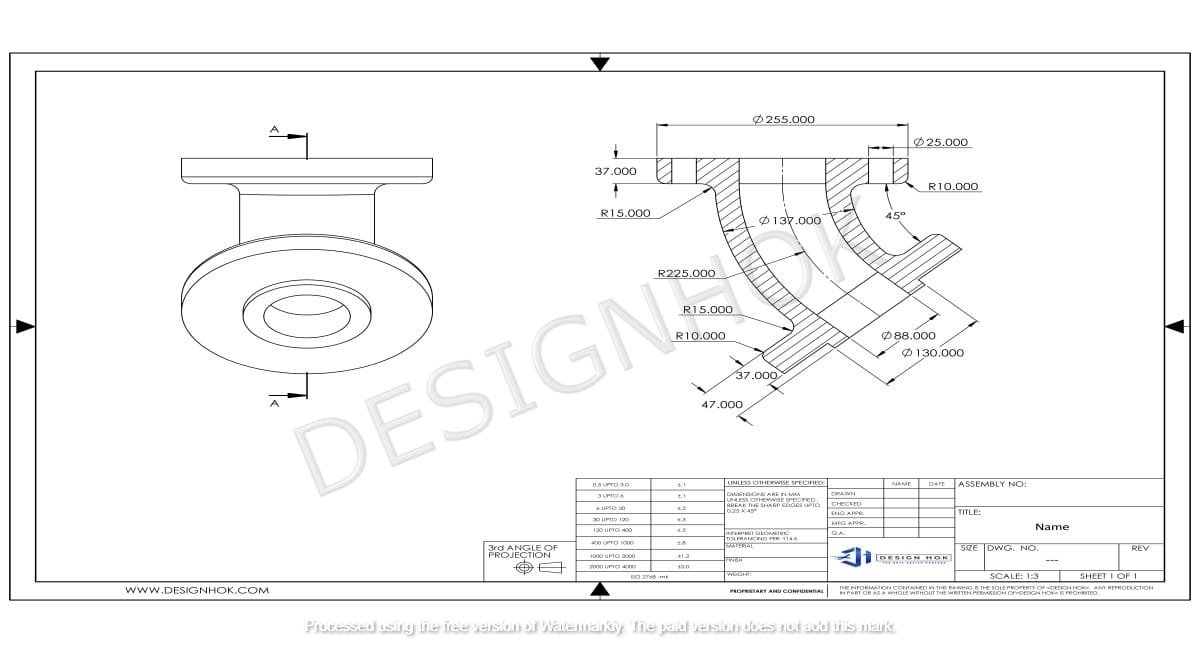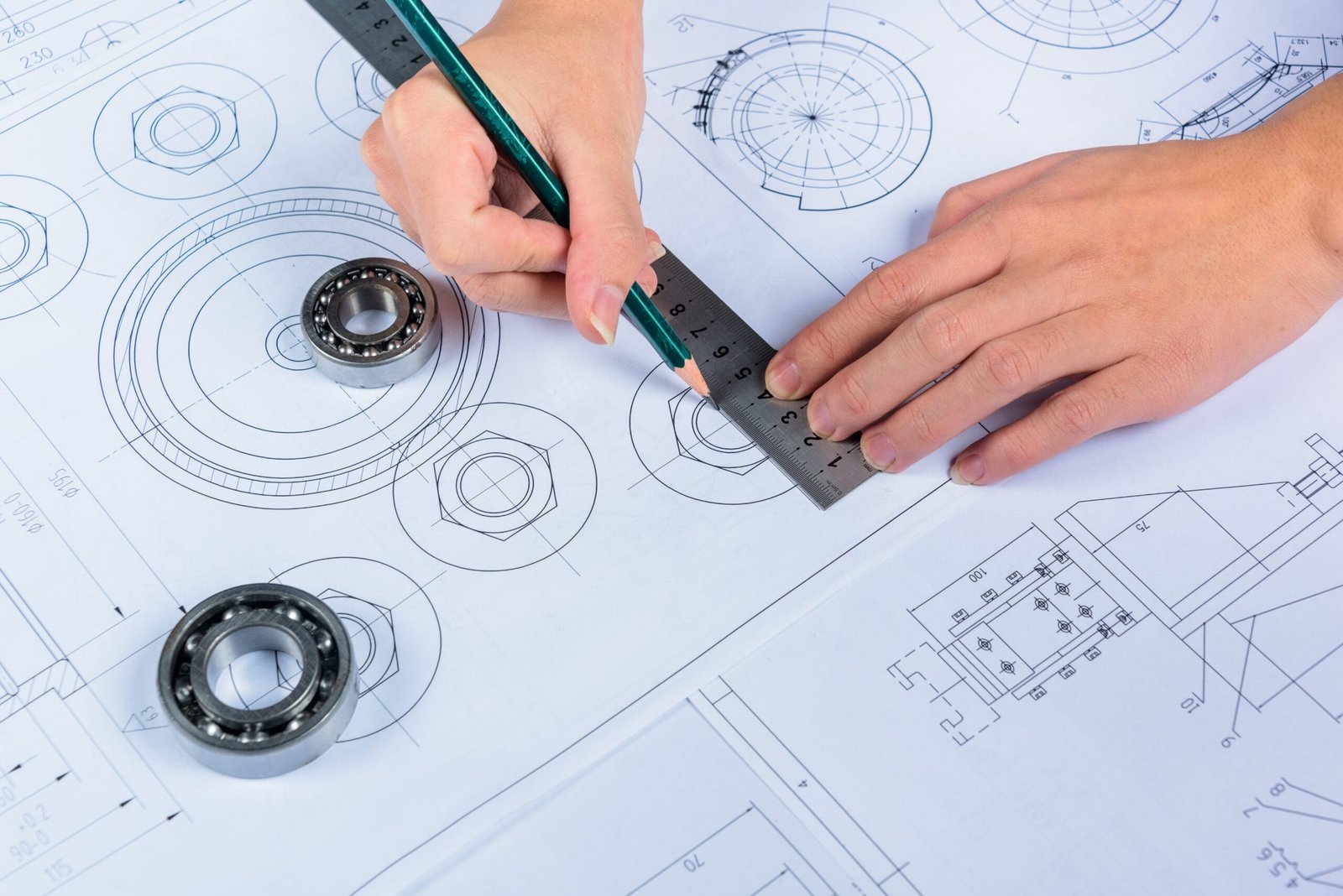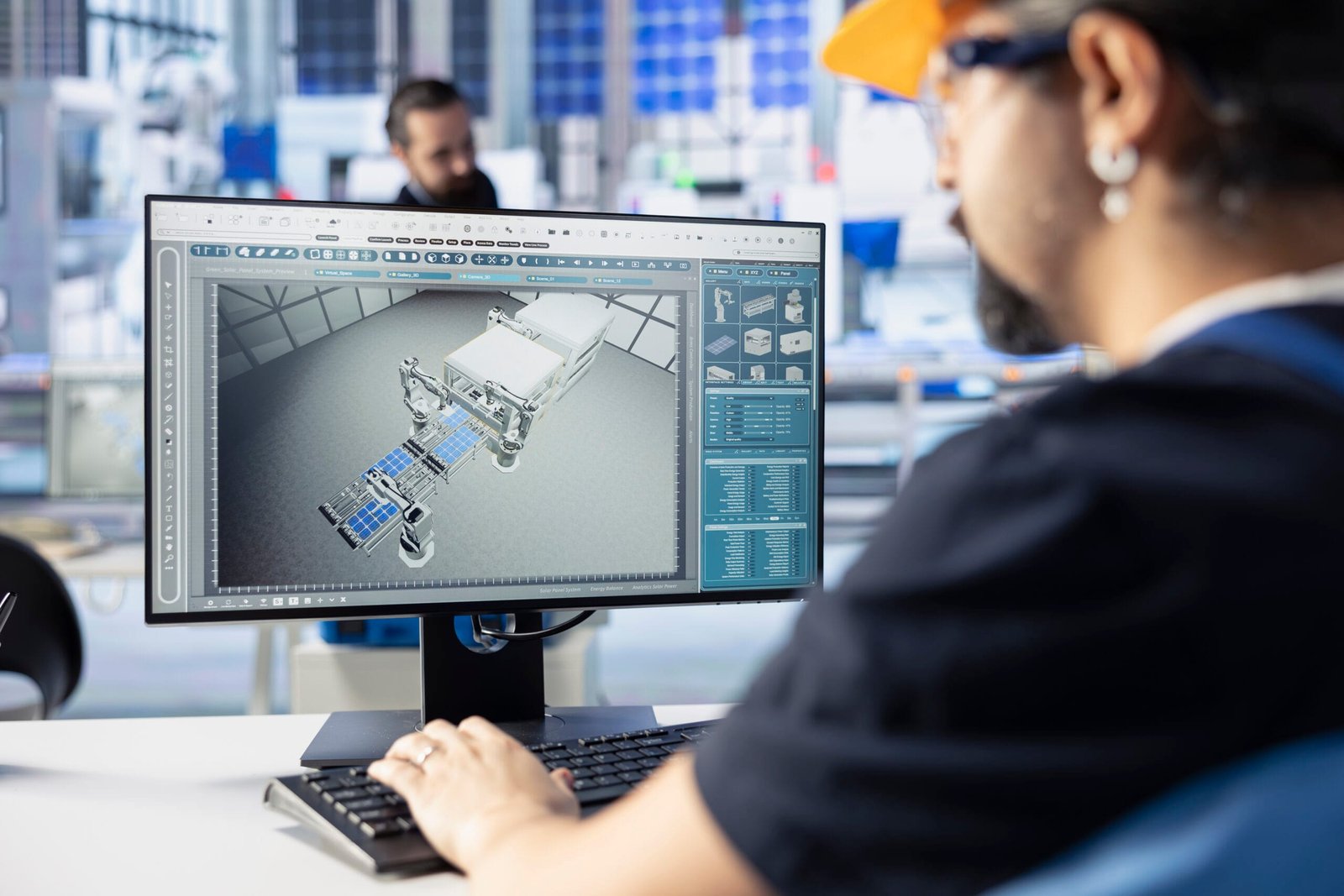How to Start 3D Modeling for DesignHOK is a creative and technical process that transforms ideas into visual, interactive designs. For DesignHOK, a firm known for its innovative design services, mastering to Start 3D Modeling for DesignHOK is an invaluable skill. Whether you’re a beginner or looking to refine your skills, this guide will equip you with the knowledge to kickstart your journey.
Understanding How to Start 3D Modeling for DesignHOK
How to Start 3D Modeling for DesignHOK?
3D modeling is the process of creating three-dimensional objects using specialized software. It involves manipulating points, lines, and polygons to build models that can be visualized from every angle.
Why is 3D Modeling Important for DesignHOK?
For DesignHOK, to Start 3D Modeling for DesignHOK as the backbone of many projects, enabling designers to present realistic concepts and enhance client understanding. It bridges the gap between imagination and reality, making it essential for delivering high-quality designs.
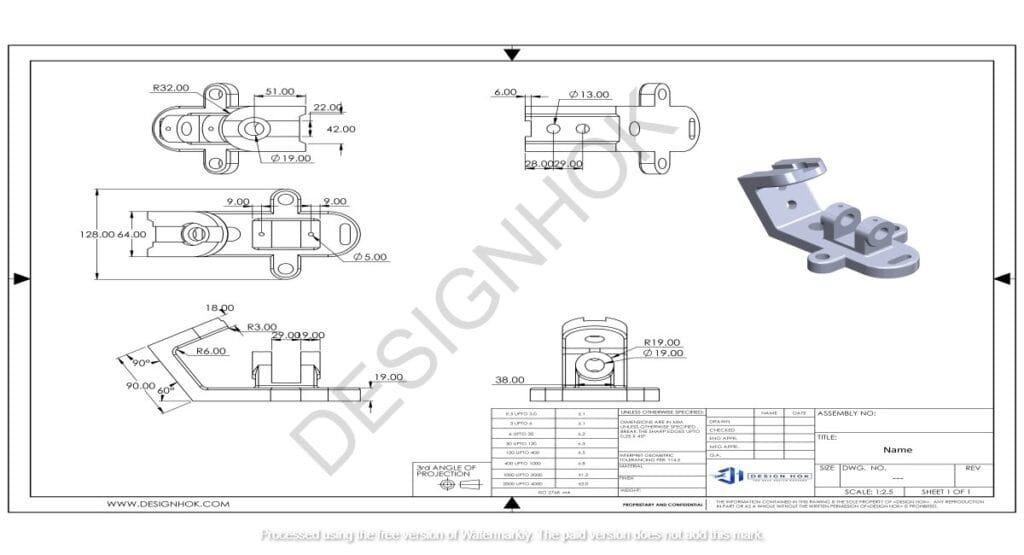
Choosing the Right Software
Popular 3D Modeling Software
Some leading software tools include Blender, AutoCAD, SolidWorks, and SketchUp. Each offers unique features tailored to different aspects of 3D modeling.
Evaluating Features for DesignHOK Projects
When selecting software, consider ease of use, compatibility with DesignHOK’s workflows, and the ability to create detailed, high-quality models.
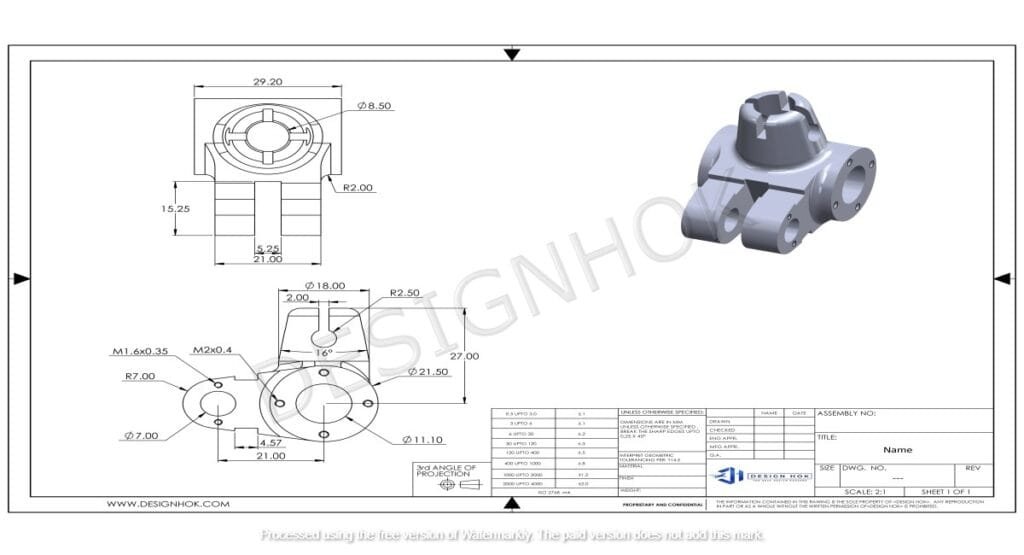
Building a Strong Foundation
Learning the Basics of Geometry and Dimensions
Understanding geometry is crucial. Start by familiarizing yourself with shapes, dimensions, and how they interact in a 3D space.
Grasping Rendering Techniques
Rendering transforms your 3D models into lifelike images. Learning basic rendering techniques ensures your designs stand out.
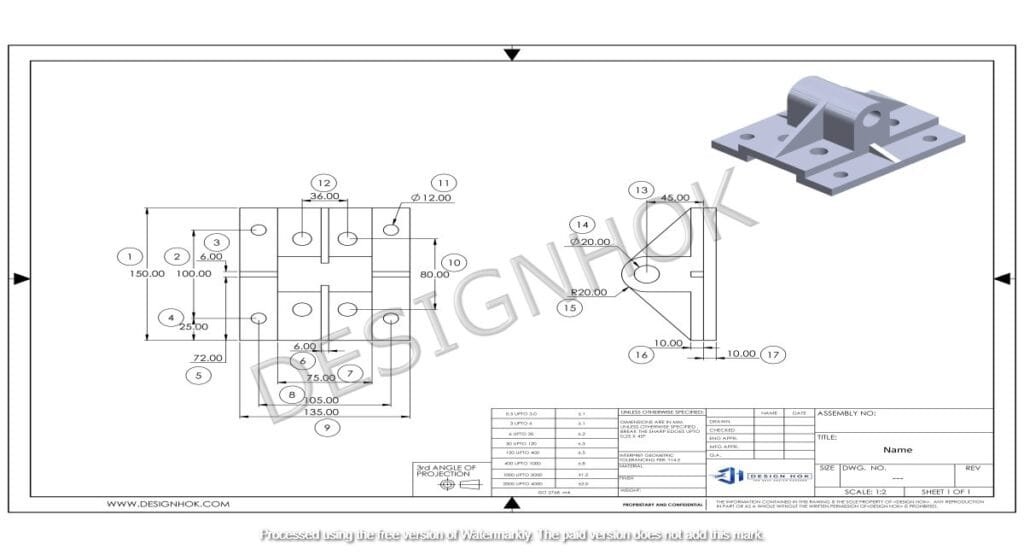
Mastering Key Techniques
Creating Simple 3D Shapes
Start with basic shapes like cubes, spheres, and cylinders. These forms are the foundation for complex models.
Using Layers and Textures
Layers help organize your work, while textures add realism. Experiment with different textures to achieve desired effects.
Adapting to DesignHOK Requirements
Customizing Models for Design Projects
Understand the specific needs of How to Start 3D Modeling for DesignHOK projects. Tailor your models to meet functional and aesthetic requirements.
Incorporating Feedback into Designs
Client feedback is crucial. Learn to iterate on your designs based on suggestions to ensure satisfaction.
Practical Tips for Beginners
Start with Basic Projects
Don’t overwhelm yourself. Begin with small projects to build confidence and gradually tackle more complex tasks.
Follow Online Tutorials
Numerous online resources can guide you through the basics of 3D modeling. Use them to enhance your learning.
Enhancing Your Skills Over Time
Joining Design Communities
Engage with other designers by joining online forums or local meetups. Sharing experiences can provide valuable insights.
Experimenting with Complex Designs
Push your boundaries by attempting intricate designs. This will improve your skills and creativity.
Conclusion
Starting with How to Start 3D Modeling for DesignHOK involves a combination of technical learning and creative exploration. By choosing the right tools, mastering foundational skills, and continuously refining your craft, you can create exceptional designs that align with DesignHOK’s high standards.
FAQs
What tools are essential for 3D modeling?
Essential tools include a good computer, 3D modeling software, and peripherals like a mouse with precision control.
How long does it take to master 3D modeling?
It varies based on dedication and complexity, but with consistent practice, you can develop intermediate skills in 6–12 months.
Can I work on DesignHOK projects as a beginner?
Yes, starting with smaller tasks or learning alongside experienced designers can provide valuable experience.
What are the common challenges in 3D modeling?
Common challenges include mastering software tools, understanding dimensions, and achieving realistic textures.
How do I ensure my 3D model aligns with client expectations?
Regular communication, incorporating feedback, and revisiting the design brief can ensure alignment with client goals.

